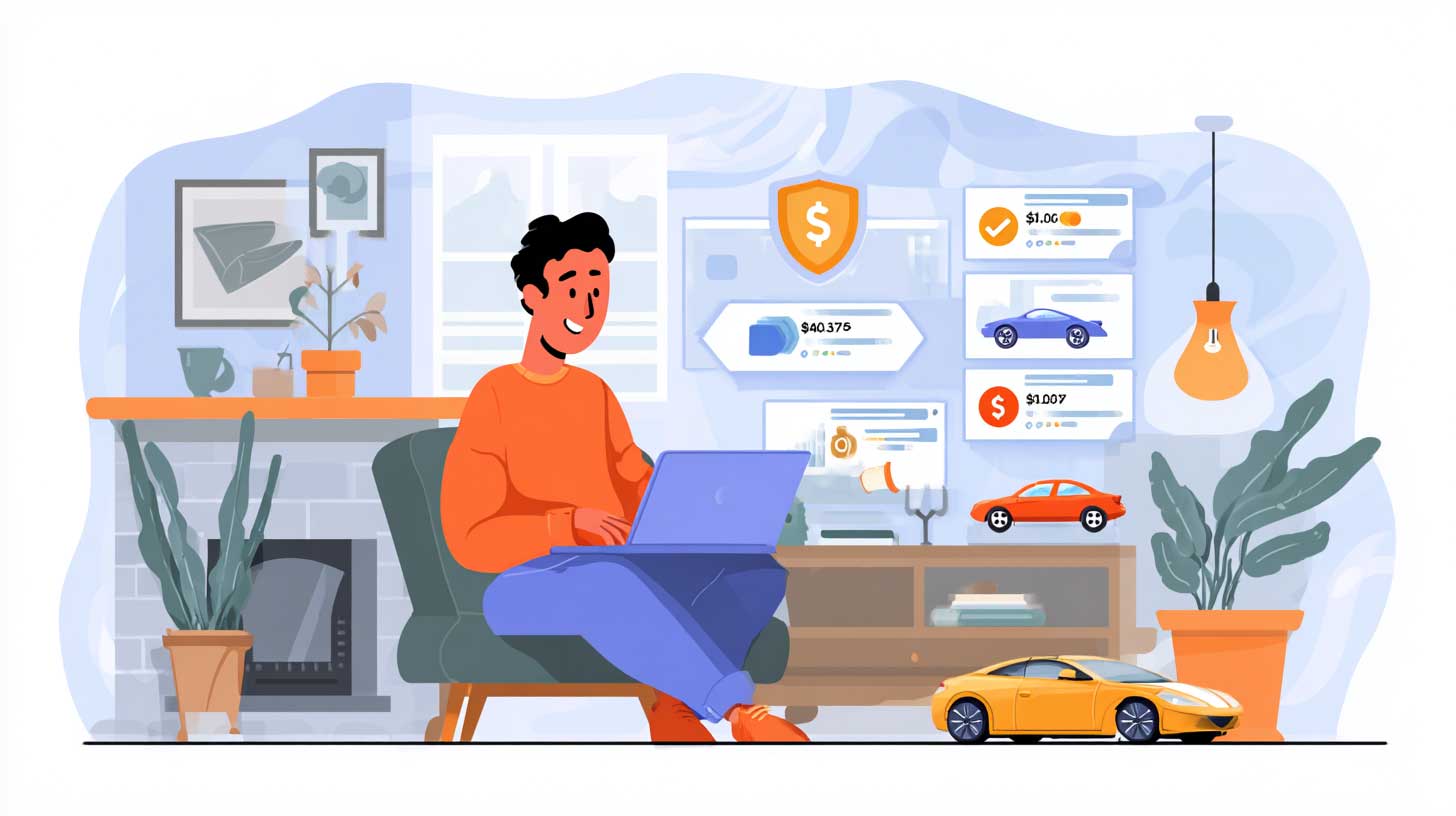Types of Car Insurance Coverage Explained
Not all car insurance policies are created equal. To protect your finances (and stay legal on the road), it's important to understand the different types of coverage available. From liability to full coverage, each type plays a specific role—and knowing the difference can help you avoid gaps or overpaying.
Liability Insurance (Required in Most States)
This is the foundation of any auto policy. Liability insurance covers damage you cause to others:
- Bodily Injury: Covers medical bills, lost wages, and legal costs if you injure someone.
- Property Damage: Covers repairs to other people’s vehicles or property.
Required limits vary by state, but minimum coverage may not be enough if you're in a major accident.
Collision Coverage
Collision pays to repair or replace your vehicle after a crash—whether you hit another car, a pole, or flip your car over. It's optional if your vehicle is paid off, but required by lenders or lease agreements.
Comprehensive Coverage
Think of this as protection against the unexpected. Comprehensive covers non-collision damage, such as:
- Theft or vandalism
- Weather events (hail, flooding, fallen trees)
- Animal collisions
- Fire or glass breakage
Uninsured and Underinsured Motorist Coverage (UM/UIM)
Not everyone drives with insurance. UM/UIM covers your medical expenses and car damage if you're hit by a driver with no insurance—or not enough of it.
Medical Payments (MedPay) / Personal Injury Protection (PIP)
These cover medical expenses for you and your passengers after an accident—regardless of who was at fault.
- MedPay: Available in many states; supplements your health insurance.
- PIP: Required in no-fault states; covers lost wages and rehabilitation costs too.
Optional Coverages to Consider
Depending on your needs and budget, you may want to add:
- Rental Reimbursement: Pays for a rental car while yours is in the shop.
- Roadside Assistance: Covers towing, jump-starts, and lockouts.
- Gap Insurance: Covers the difference between what you owe on a car loan and the car’s market value if it’s totaled.
- Custom Equipment Coverage: Protects aftermarket additions like rims or sound systems.
Which Coverage Do You Really Need?
Start with your state’s requirements, then factor in your car’s value, how much you drive, and your ability to afford repairs or legal fees. Full coverage usually includes liability, collision, and comprehensive—but you can build a policy that fits your life and wallet.
Understanding coverage types is the first step to customizing your protection. Up next: we'll break down the **true cost of car insurance**—and what really affects your premium.


